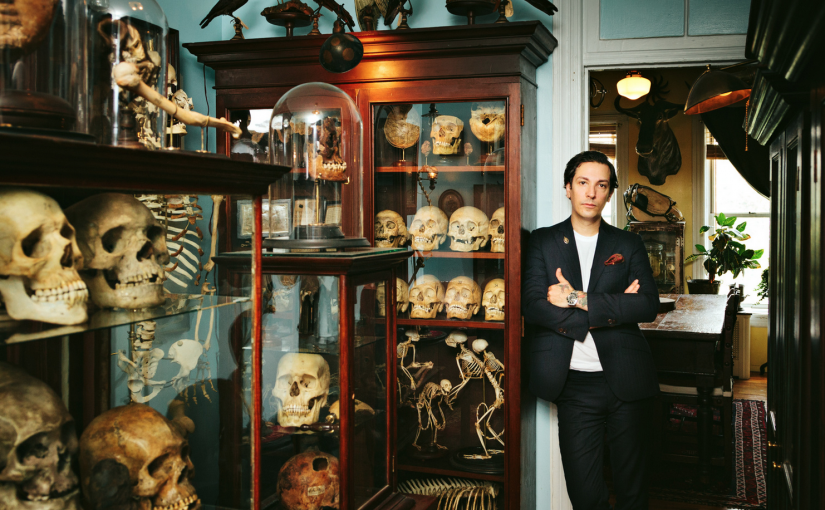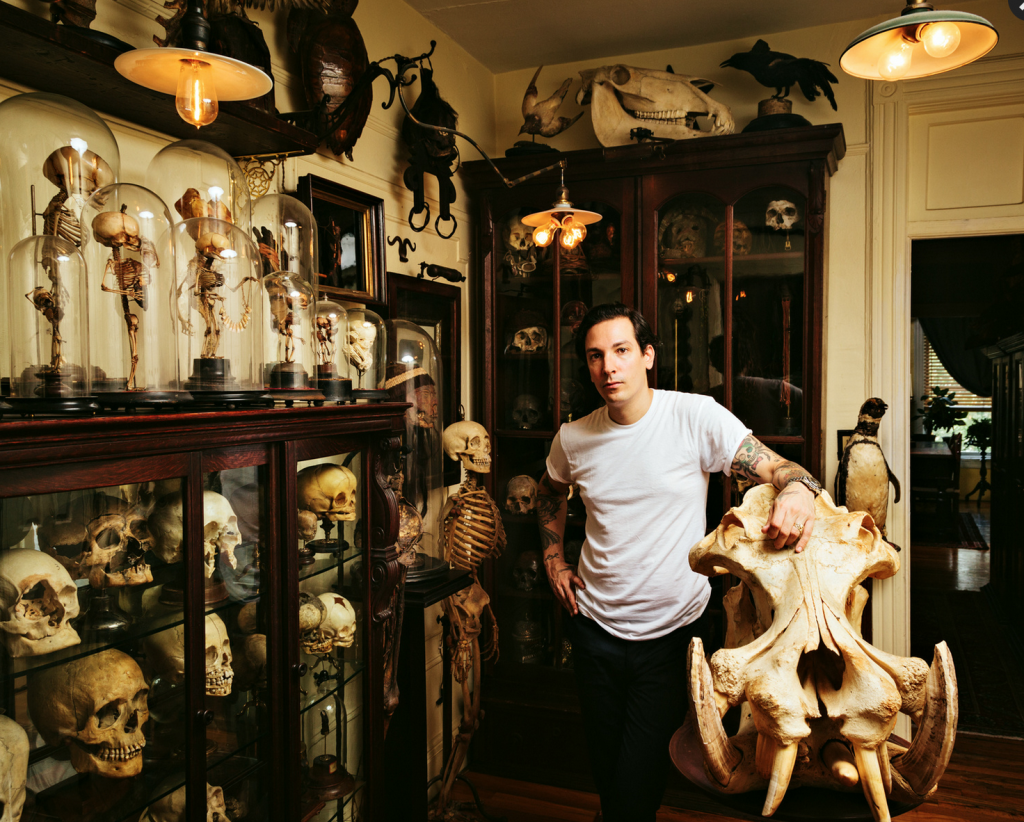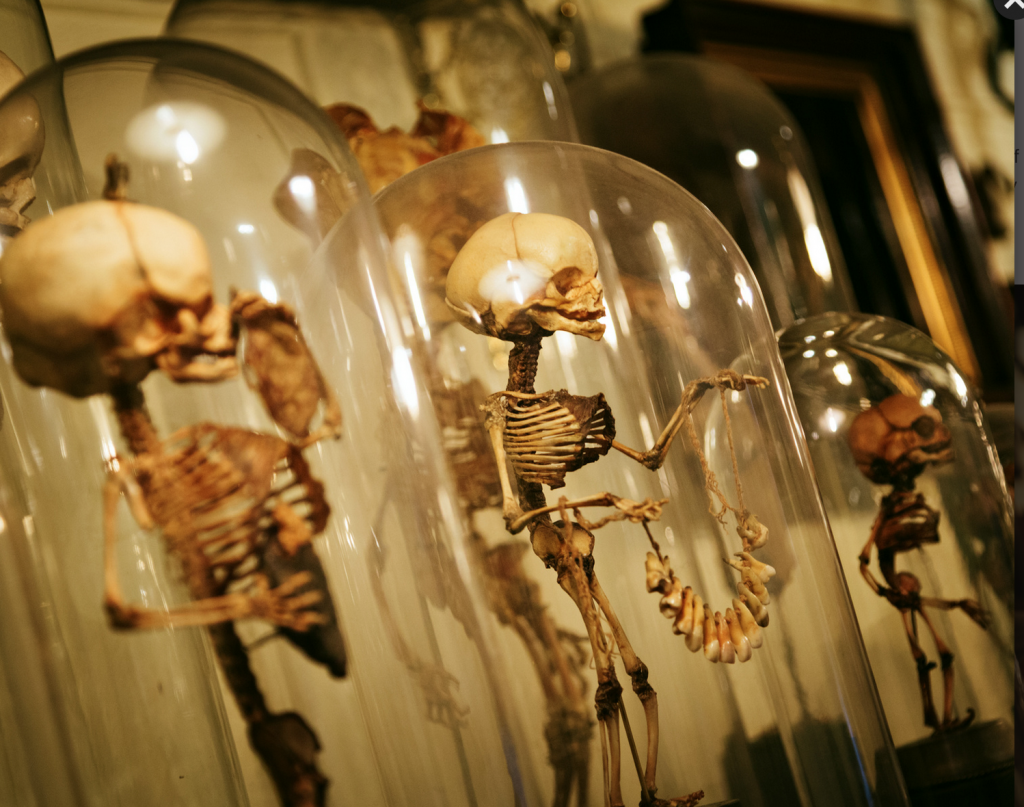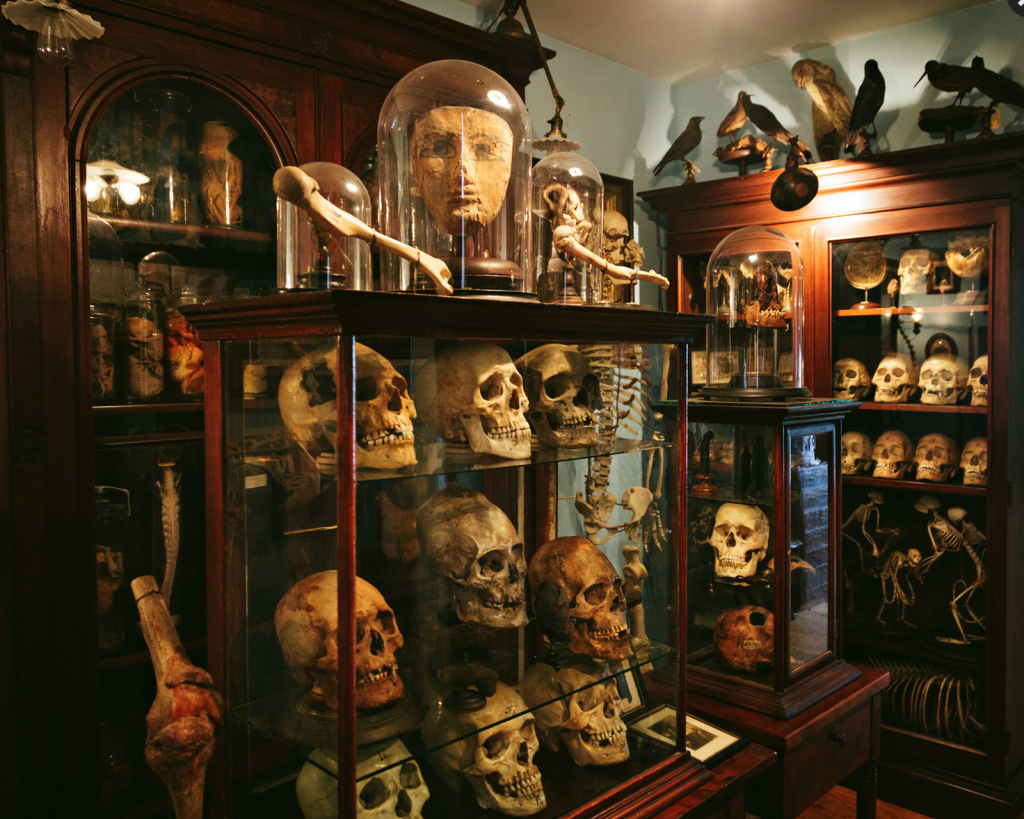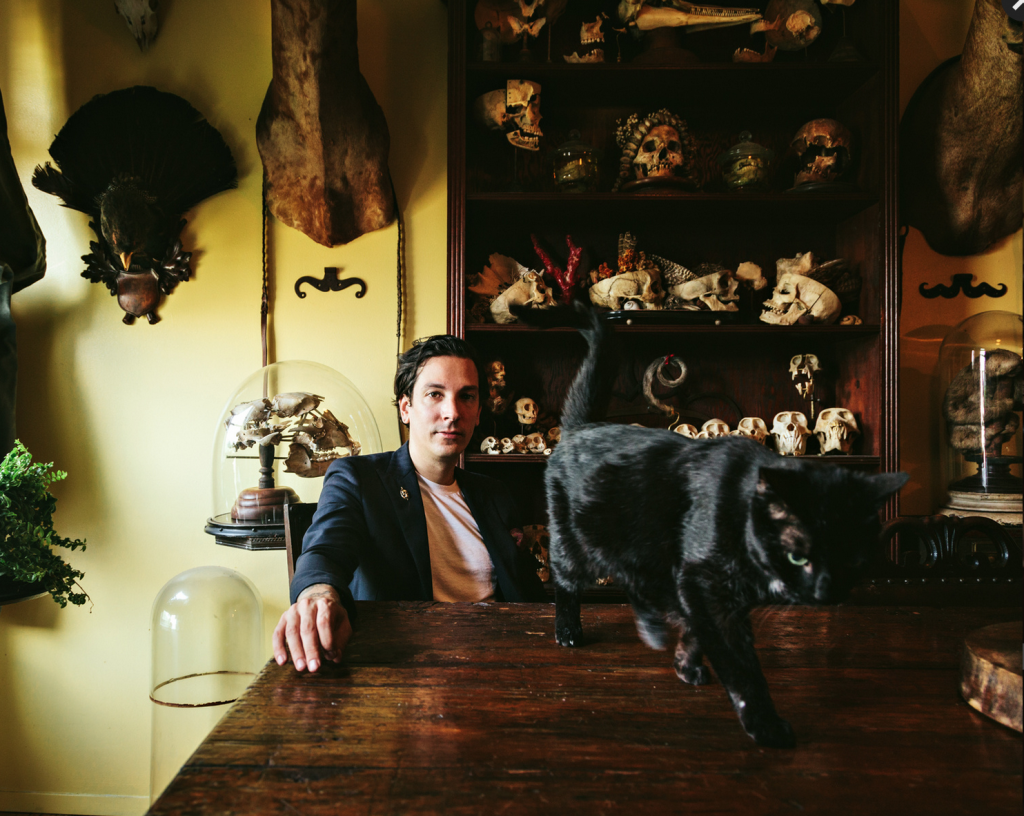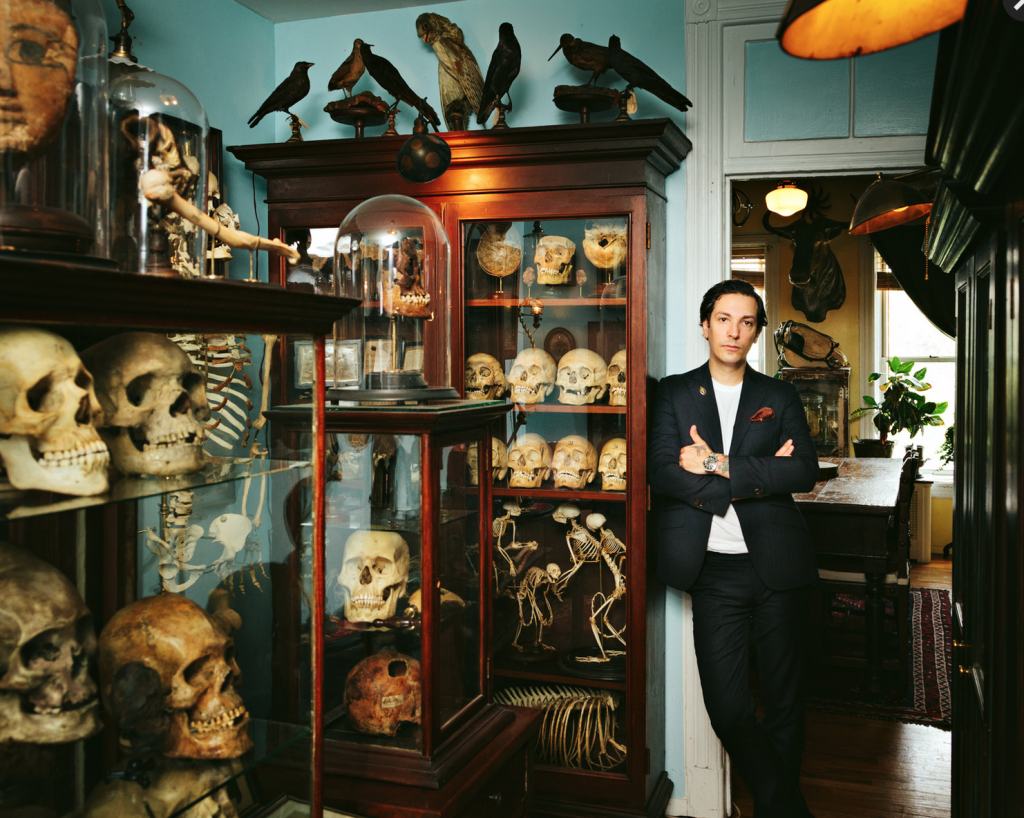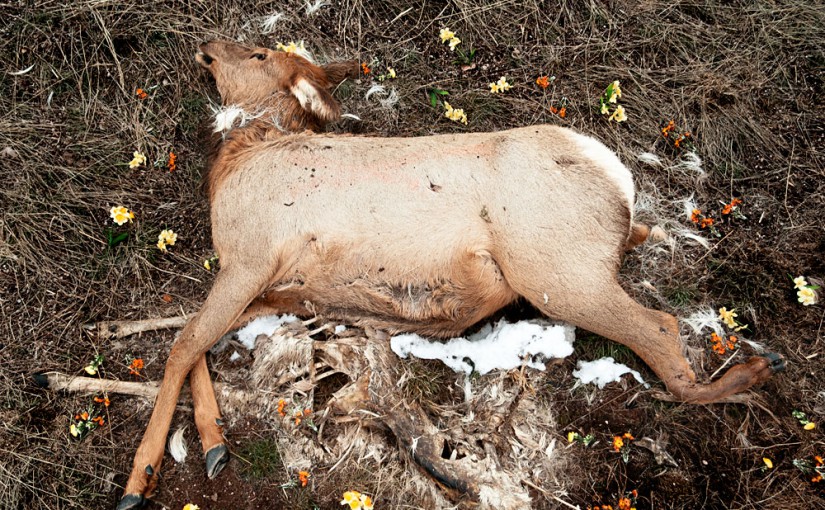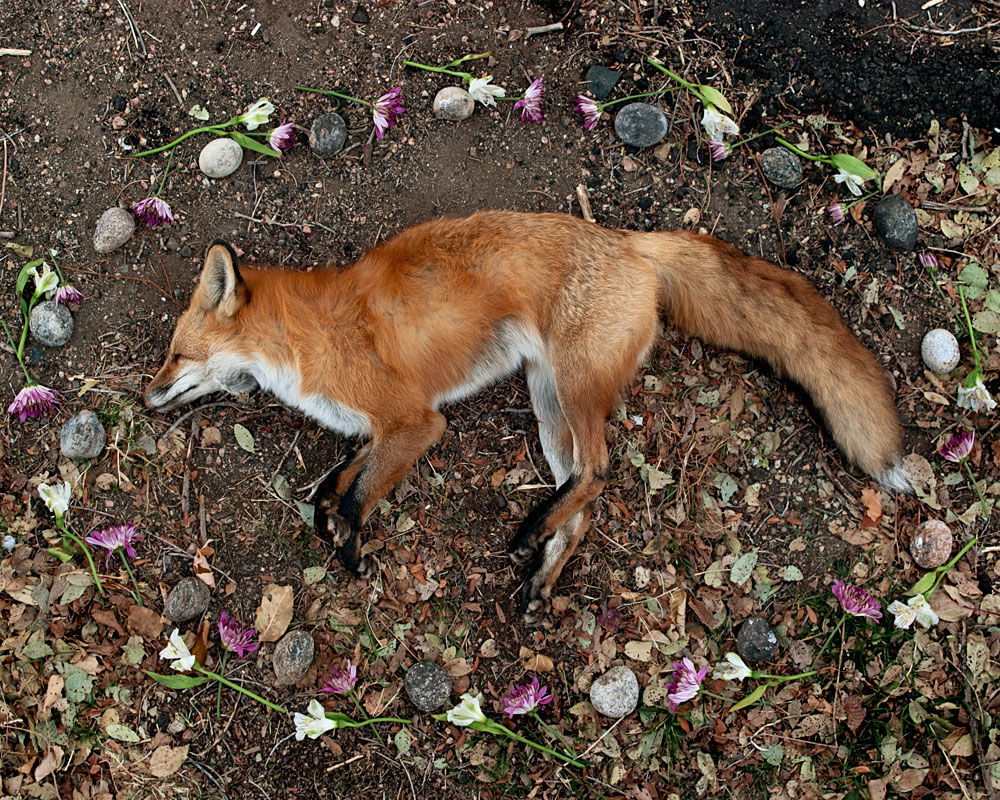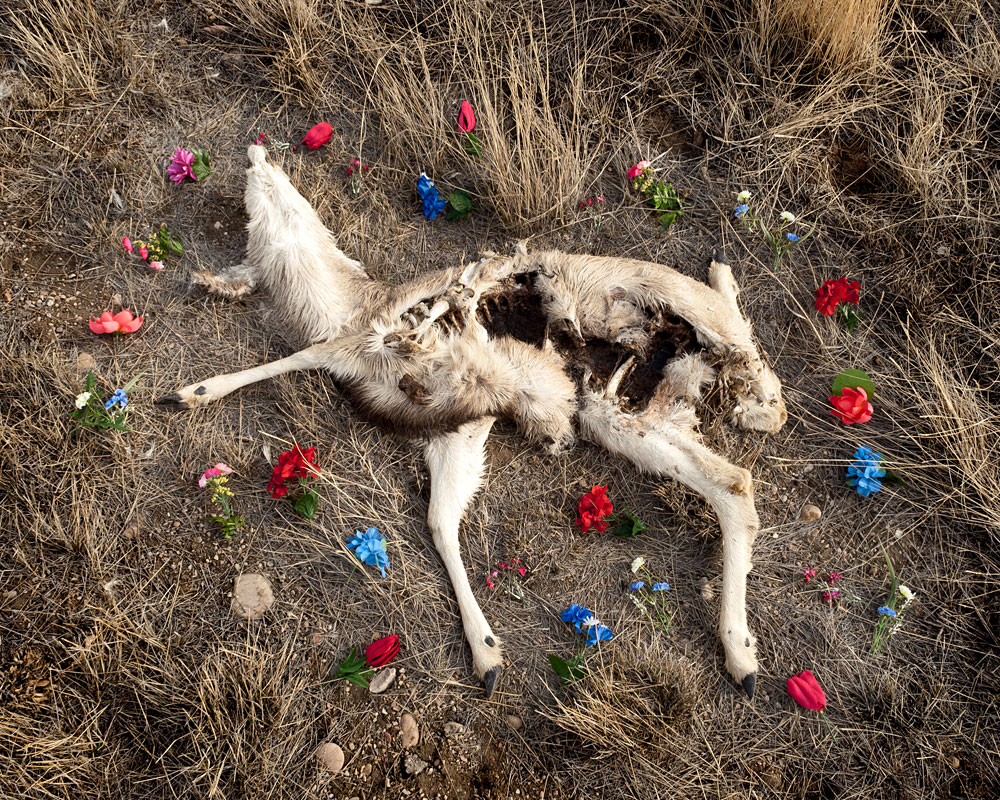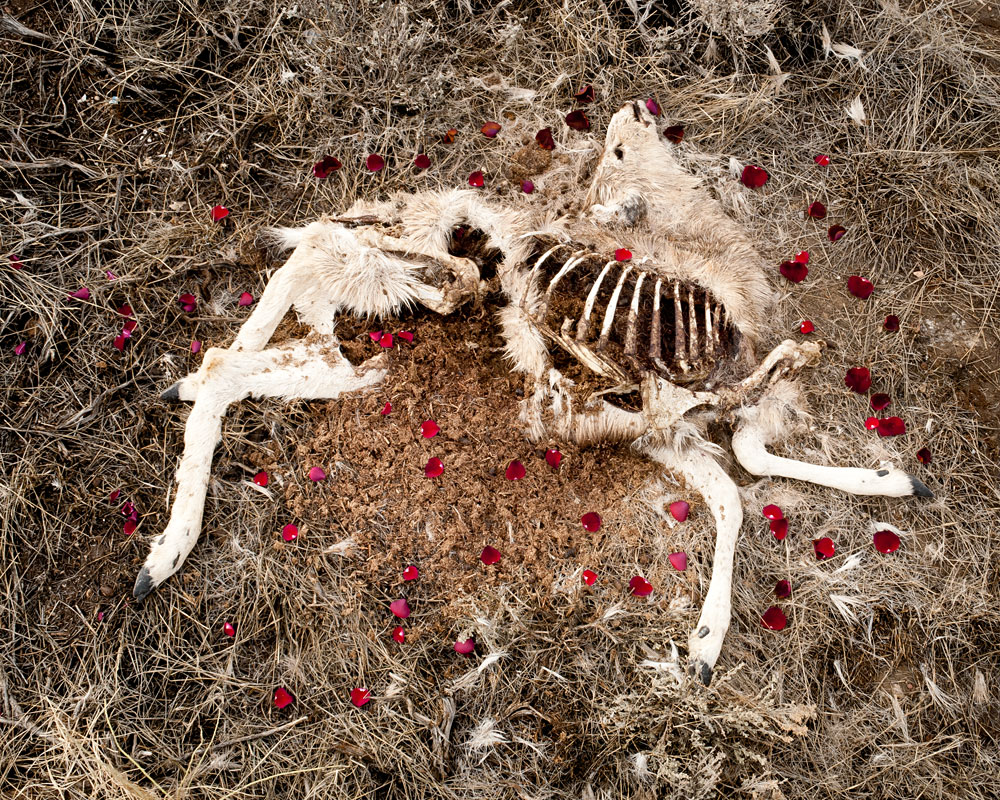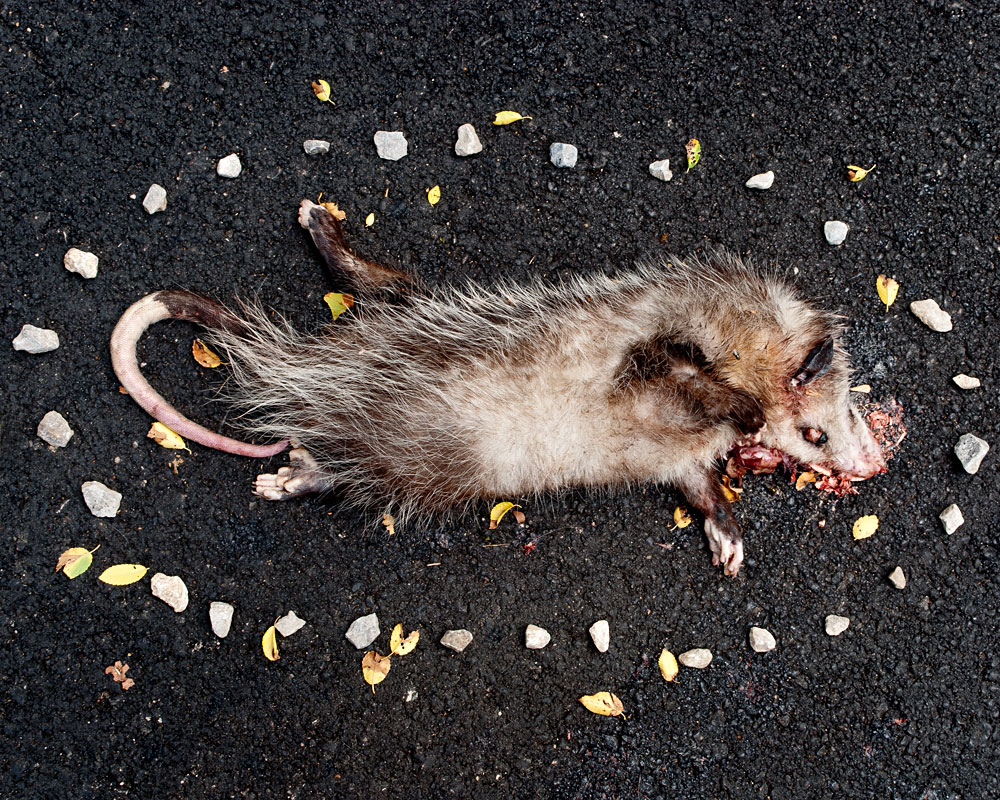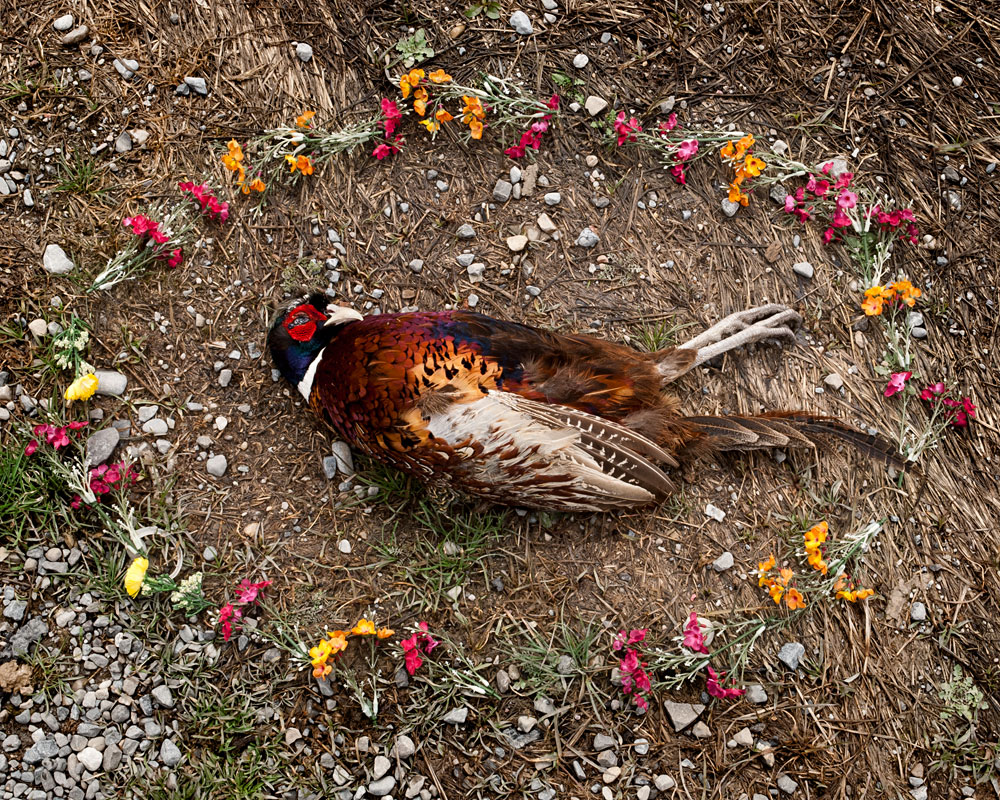Extremely interesting article I found in my Saved Links section on Facebook. Saved Links is easily my favourite Facebook feature because all the quality stuff is there. Here are some of the more inspiring/quirky bits:
“Indeed, if you are a twin, you are particularly likely to be carrying bits of your sibling within your body and brain. Stranger still, they may be influencing how you act.”
“During early development, cells can be passed between twins or triplets. Once considered a rare occurrence, we now know it is surprisingly common. Around 8% of non-identical twins and 21% of triplets, for example, have not one, but two blood groups: one produced by their own cells, and one produced by “alien” cells absorbed from their twin. They are, in other words, a chimera – a fusion of two bodies – and it may occur in many organs, including the brain.”
“Perhaps chimerism has upset the balance.”
“Even if you do not think you ever had a twin, there are many other ways you might be invaded by another human’s cells. It’s possible, for instance, that you started off as two foetuses in the womb, but the twins merged during early development. Since it occurs at such an early age of development, the cells can become incorporated into the tissue and seem to develop normally, yet they are carrying another person’s genetic blueprint. “You look like one person, but you have the cells of another person in you – effectively, you have always been two people,” says Kramer.”
This article is accompanied by Ariko Inaoka’s beautiful, dreamy photographs of a pair of Icelandic twins, Erna and Hrefna. I’ve picked out my favourites from her portfolio.
On her website, Ariko Inaoka has commentaries from the twins as well as her own personal thoughts on the project.























